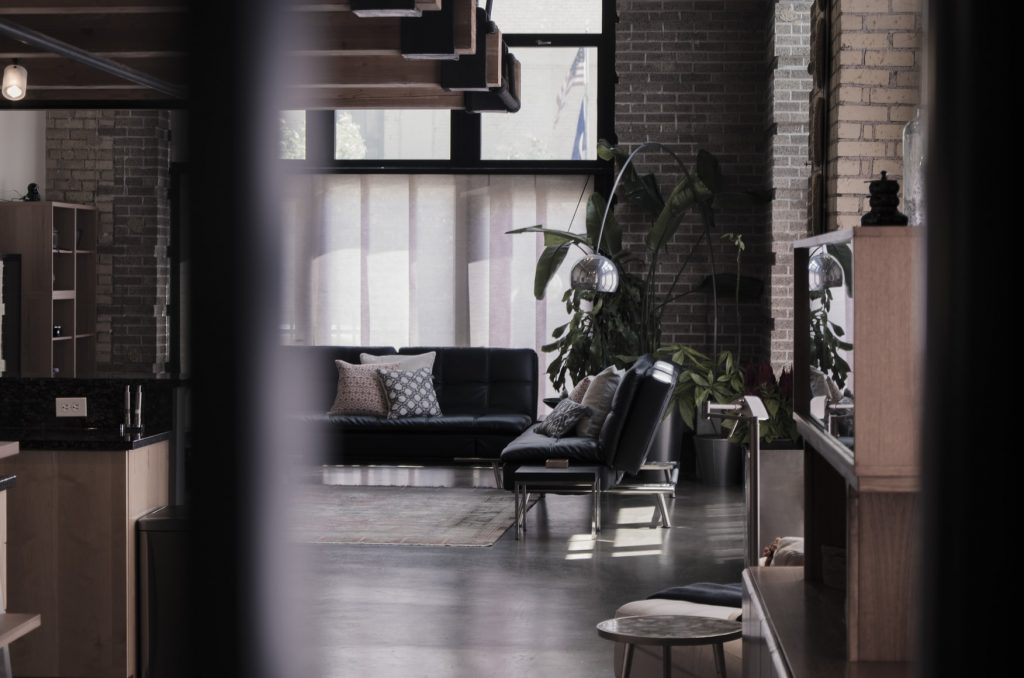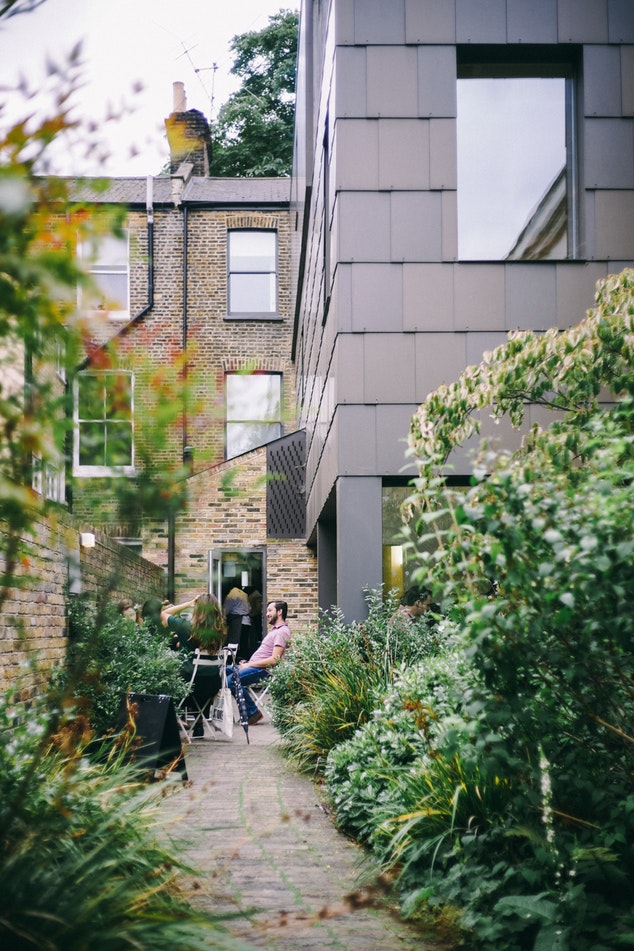You need more space. An extra room of some sort. An office, playroom, bedroom, or just a getaway room. You have a bit of cash. You just don’t know the best way to go about creating the space you need. Will an extension do the job or is a loft conversion the better option?
The easiest answer is a loft or attic conversion. Easy, because in regards to cost, efficiency, and being the least disruptive, it comes in ranking high. In a battle between the two, a more eco-friendly loft conversion beats an extension.
Cost
Loft conversions are much cheaper. Obviously, with things like cost, you will have regional variations and fluctuations. But that rule applies to extensions also.
In general, a loft conversion will be much, much cheaper than an extension.
An average extension costs between £40,000 to £60,000. An average loft conversion is from £30,000 to £40,000. Even in the expensive range of loft conversions from about £60,000 to £80,000, you’re not far off the average extension price.
The bottom pricing of a loft conversion will be much less than an extension.
All around the attic, conversion seems to be your best option if you want to budget your funds but maximise their potential. If you need to find funding for this project, reach out to 800Loanmart.com and see what they can offer.
Planning Permission
In general you do not need planning permission to build a loft. However, there may still be certain building regulations you will have to adhere to.
It depends on the extent of your attic conversion. The bigger the build and difference in loft-type may mean that planning permission is required.
If you extend your roof too far or alter the structural integrity of the building, then you will need planning permission.
An extension, on the other hand, automatically has to adhere to a lot of government planning and development building regulations. It is generally a much more complicated build.
Least Amount Of Disruption
As loft conversions generally require very little structural change, they happen in that part of your home that we usually use for storage. Having your conversion done will be a lot less disruptive and inconvenient than an extension would be.
As far as getting building work done, it’s one of the least intrusive options. The work is all taking place away from your normal path and activities. You’re getting space made from space you haven’t used before.
More Choice
Loft conversions come in various styles that range in cost and extensiveness of the build. They can be straightforward, in look and build, or they can be dramatic and expansive. See some design ideas on this site, or look at the award-winning designer Joe Vialls website.
They begin with the simpler Velux or roof light type, then dormer, hip-to-gable, and mansard. They are essentially rising in cost and complexity from one to the next.
Which loft conversion you want all depends on what you want from your roof space, what your roof space is suitable for, and how much you want to pay for that.
Loft conversions always feature high in home improvement lists. Extensions? Not really. It is easy to see why they are popular. That doesn’t mean they are easy to do yourself.
It just means that someone with the right skills could do it if they were so inclined. Most of us don’t have those particular skills. The people that can do a loft conversion as a DIY project are more than likely doing that in their line of work anyway.
That means the rest of us need help. We need someone with experience, expertise, and an eye for attention and detail. We need someone who knows what they are doing. An expert who’ll help us make the right choice about the right loft for us.



